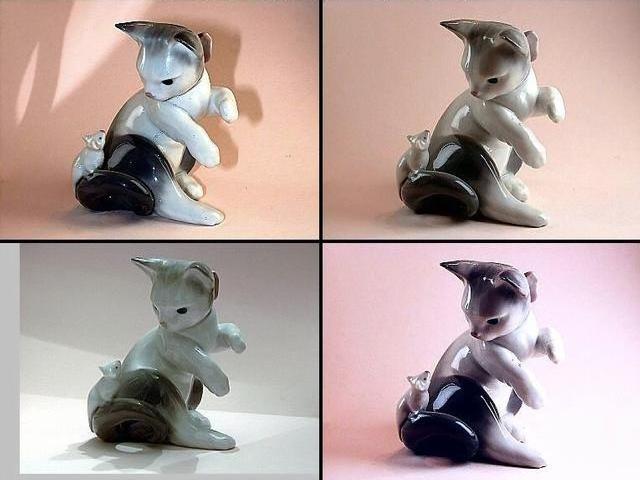 |
| Lighting in Film (Diagram) |
Key Light:- Most often the brightest light, key lighting is most significant in capturing the important parts of the frame (e.g. a characters face). Moreover, the sole use of key lighting can create contrast within a scene, which would be apt in order to create a dark, menacing tone within our opening. Back
Light:- Typically used to eliminate the dominance of the key light.
Filler Light:- Said light is used to soften shadows created from the other lights, making the scene look more realistic and authentic.
Lighting angles are also commonplace within film as well; they include:
Back Lighting:- Light source is placed behind the subject within the frame; this form of lighting is popular within the thriller genre as it can be used effectively to create shadows or silhouettes.
Top Lighting:- When the main source of light is place above the subjuect; this form of lighting can be typically found in the Hollywood classics era to give stars a more glamorous look.
Under Lighting:- The source of light is placed beneath the subject; can create a sense of dominance. Moroever, it can create shadows and a creepy atmosphere, and is often seen in horror or slasher films.
 |
| Same camera angle, but different lighting (which can affect the tone of the piece massively) |
I also want to touch upon the importance of low-key lighting within the thriller genre. Such lighting is created by the use of back lights, and creates sharp contrast, along with shadows and silhouettes. This is form of lighting can be used to construct a darker, moodier atmosphere which lends itself really well to the thriller genre. I learnt about low-key lighting in this effective and concise video:
In summation, my research on lighting has allowed me to consider the importance of technical aspects in order to construct appropriate meaning. If we were to use low-key lighting, our opening would be able to conform more to the thriller genre, and- along with other factors such as sound, camera and mise-en-scene- would create a more effective thriller opening that should, hopefully, get us a better grade...
No comments:
Post a Comment